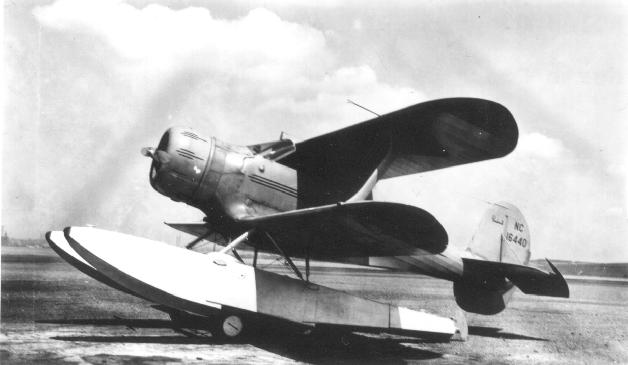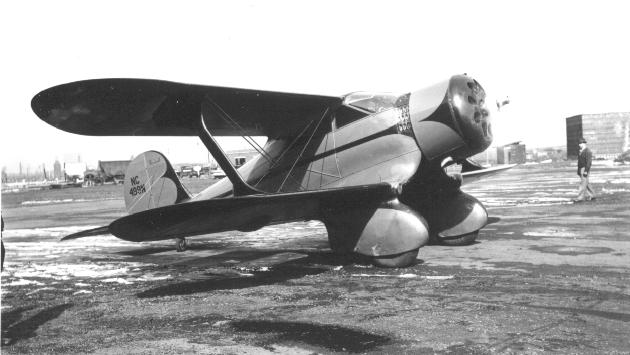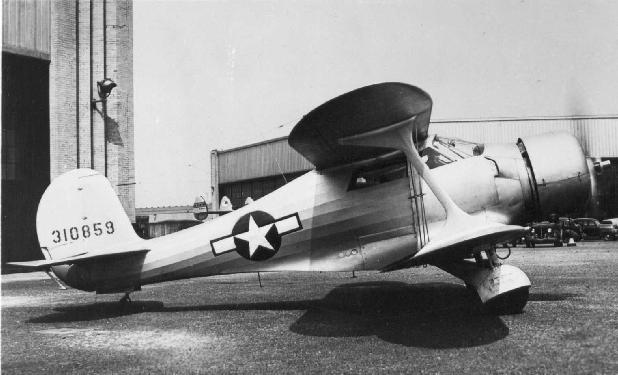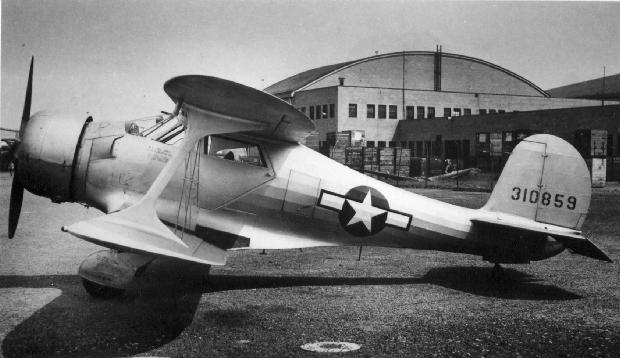| Beechcraft Model 17 Staggerwing | Photo Gallery | ||
|---|---|---|---|
| Introduced in November 4, 1932, the Beechcraft Model 17 Staggerwing was used as an executive aircraft. The Model 17's negative stagger wing configuration and unique shape imcreased pilot visibility and was intended to reduce interference drag between the wings, but this was later found to have negligible effect. It also featured retractable landing gear which combined with careful streamlining and lightweight materials, plus a powerful engine, greatly enhanced performance. The Model D17 Staggerwing was a major redesign that featured a lengthened fuselage that improved the aircraft's handling characteristics and the ailerons were relocated to the upper wings, eliminating interference with the flaps. Braking was improved with a foot-operated brakes linked to the rudder pedals. Between April 1936 through May 1940 there were six Model 17 fatal accidents involving midair breakups that were attributed to weather conditions and structural failures. The structural failures were later determined to be caused by flutter of the ailerons and wings. Airspeed was restricted and lead balance weights were added to the ailerons, and plywood panels were added to the outboard portion of the wings to increase torsional stiffness of the wing tip section. | |||
|
| |||
| During the Spanish Civil War, Model B17Ls were pressed into service as bombers by the Spanish Republican Air Force. China ordered Staggerwings for use as air ambulances in its fight against Japan. Finland used one C17L as a liaison aircraft. On October 2, 1941, Beech shipped a special camouflaged D17S to Prince Bernhard of Lippe, who was in exile in London after the German invasion of the Netherlands. He used it for refugee work in and around London. In late 1938, the United States Army Air Corps purchased three Model D17Ss as YC-43s to evaluate them for use as light liaison aircraft. The YC-43s went to Europe to serve as liaison aircraft with the air attachés in London, Paris, and Rome. Early in World War II, and in 1942, the United States Army Air Forces ordered 270 Model 17s for service as the UC-43. The government also purchased or leased additional "Staggerwings" from private owners, including 118 more for the Army Air Force plus others for the United States Navy. In Navy service, the airplanes were designated as GB-1 and GB-2. The RAF and Royal Navy acquired 106 Traveller Mk. Is through Lend-Lease to fill its own need for light personnel transports. The production UC-43 added a circular ADF antennae mounted between the main landing gear and landing lights near the lower wingtips. They were all powered by the 450 horsepower (336 kilowatt) Pratt & Whitney R-985 engine. After the war, produced a final version as the Model G17S. 16 aircraft were built and sold for $29,000. In all, 785 aircraft were built. | |||
Return To Gallery Index.
© The Aviation History On-Line Museum.
All rights reserved.
Posted April 11, 2022.






